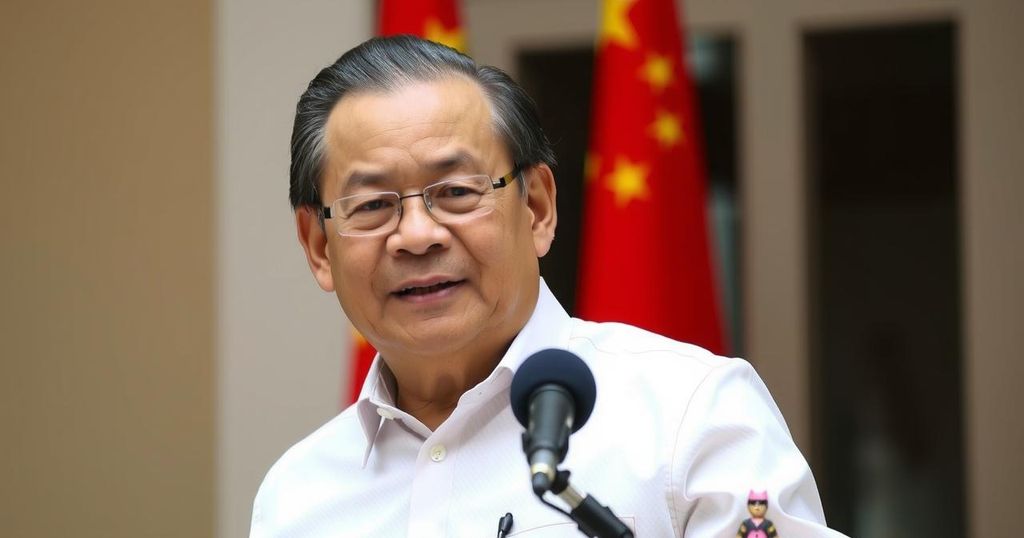Sri Lanka’s President Dissanayake Set to Visit China Following Debt Restructure

Sri Lanka’s President Anura Kumara Dissanayake will visit China in January for discussions, following the completion of a foreign debt restructure. China is a significant creditor to Sri Lanka, particularly after the 2022 economic crisis. The visit comes after a successful trip to India and highlights ongoing geopolitical tensions between India and China over influence in the Indian Ocean region. Fitch Ratings recently upgraded Sri Lanka’s credit rating, though concerns regarding high debt levels persist.
The President of Sri Lanka, Anura Kumara Dissanayake, is set to visit China, the nation’s largest bilateral lender, in January. This announcement comes shortly after the nation completed a protracted restructuring of its foreign debt. Historically, over fifty percent of Sri Lanka’s bilateral obligations were owed to China during the 2022 economic crisis, when the country faced severe shortages of foreign currency for essential imports such as food and medicine. The Sri Lankan economy is on a recovery trajectory, aided by an International Monetary Fund (IMF) rescue package and the implementation of austerity measures to restore fiscal stability. President Dissanayake, who assumed office in September with a strong mandate from his party’s recent electoral victory, expressed his commitment to combating corruption.
His upcoming trip to China marks an important diplomatic engagement following his inaugural international visit to India, during which he received a warm reception from Prime Minister Narendra Modi on December 16. This engagement underscores the ongoing competition between India and China for influence in the strategically significant Indian Ocean region, where Sri Lanka’s location along crucial shipping routes adds to its geopolitical importance. Additionally, on the financial front, Fitch Ratings recently upgraded Sri Lanka’s long-term foreign currency issuer default rating to CCC+, citing improvements following the debt restructuring, yet cautioned that high debt and revenue ratios are expected to persist in the medium term.
The backdrop to this diplomatic visit is Sri Lanka’s severe economic crisis that peaked in 2022, compelling the nation to restructure its foreign debts due to a crippling lack of foreign exchange reserves. With significant borrowings owed to China, Sri Lanka has been dependent on various international lenders, including the IMF, for financial rehabilitation. The recent elections resulted in the formation of a government promising reforms and a commitment to address corruption, aiming to stabilize the nation’s economy and restore international confidence. The strategic rivalry in the region is pronounced, as India closely monitors China’s activities in Sri Lanka, viewing them as potential threats to its regional influence.
In conclusion, President Dissanayake’s anticipated visit to China is a significant step for Sri Lanka as it navigates the complexities of international debt and economic recovery. This trip not only aims to strengthen bilateral ties with a key lender but also demonstrates the intricate balance Sri Lanka seeks to maintain between influential regional powers such as India and China. Moving forward, while the recent rating upgrade offers some optimism, the country’s high debt levels remain a point of concern that necessitates careful management and strategic partnerships.
Original Source: www.barrons.com








